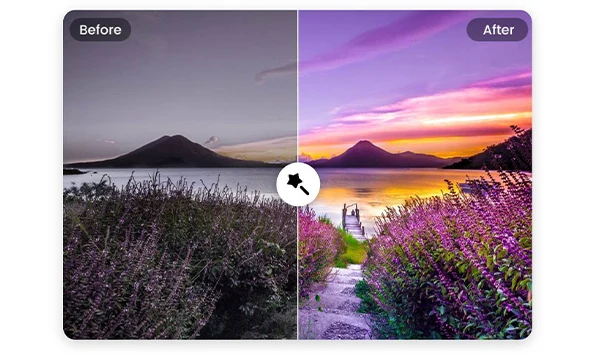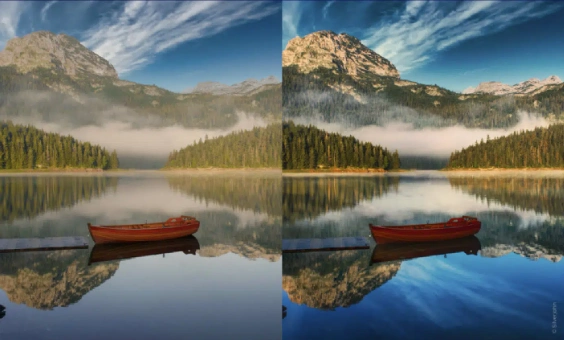
AI is playing a major role in almost every department. In photo editing, noble AI tools are helping in making minor editing features such as unblur images. The tech has now been able to manage editing on its own, with minimal manual efforts.
In fact, AI tools are now a necessary commodity in the field. It has made the process much quicker and streamlined. Whereas there are numerous options to go for on the internet, the photo quality and other features like render speed, etc. must stay on the top.
Diving deeper, this article is going to give you a deeper insight into AI technologies in the photo correction domain. Keep reading.
AI photo correction is all about making minor changes to the image with automation. Changes like removing the background, unblur or blur the image, etc. Along with automation, there are other practices as well like machine learning that help improve the functions further with time.
Not only editing, but the tech is also making noticeable changes in other domains like image generation and more. At the backend, AI photo editor tools incorporate numerous technologies. Let us tell you more about them.
As previously mentioned, AI tools in photo correction seek help from various technologies. Here are the following:
Both deep learning and neural networks are subdomains of machine learning. Starting with deep learning, it’s all about recognizing and learning about the patterns in texts, images, and sounds. Whereas, neural networks are made replicating human brains. It learns and understands from the mistakes made by the program and improves them.
Being a neural network at its core, CNN is all about recognizing the patterns and understanding the behaviors. It finds the familiarity between the images, and with consecutive inputs, it keeps on upscaling its functions.
Tools like Image Upscaler utilize this technology to improve image quality. GANs can also be used for other tasks such as colorization, image inpainting, and super-resolution. They are simply made up of two neural networks: a generator and a discriminator. The generator creates the new data that seems exactly like the real data, and discriminates if the new data is real or fake.
As the name suggests, this technique is used to improve the resolution or quality of the image. The image resolution can be corrected through the optical or geometrical SR. The choice of technique completely depends upon the need.
Whenever there’s a need for data manipulation, image recognition, dimensionality reduction, or any similar editing, Autoencoder Neural Networks come into focus. Interestingly, these are also a kind of neural network.
DID YOU KNOW?
Today, just 15% of enterprises are using AI. But 31% said it is on the agenda for the next 12 months. (Source: Adobe)

With various advantages such as automation, quick rendering, etc. AI has made a noticeable change in photo correction. If you want to know more, refer to the following list:
In the real world, implementing AI photo correction can be a bit tricky. Here is how you can start implementing them:
DID YOU KNOW?
Consumers use more AI than they realize. While only 33% think they use AI-enabled technology, 77% actually use an AI-powered service or device.
The future of AI in photo correction is quite bright and the elevating significance of psychometric testing in evaluating skills and abilities suggests it. Since the tech is in high demand for almost every industry, photo and video correction are adopting AI for various roles. Apart from that, The following are some developments that we can expect from AI:
Finally, AI in photo correction is in high demand. AI makes the whole process quick and automated. With its popularity, the programs are getting more efficient day by day. In this article, we also discuss the future prediction about AI in photo correction. Hence, if you find this article helpful, consider sharing it with your friends or peers.
Also Read: What Is Sheet Metal Fabrication

Thanks for choosing to leave a comment. Please keep in mind that all comments are moderated according to our comment Policy.